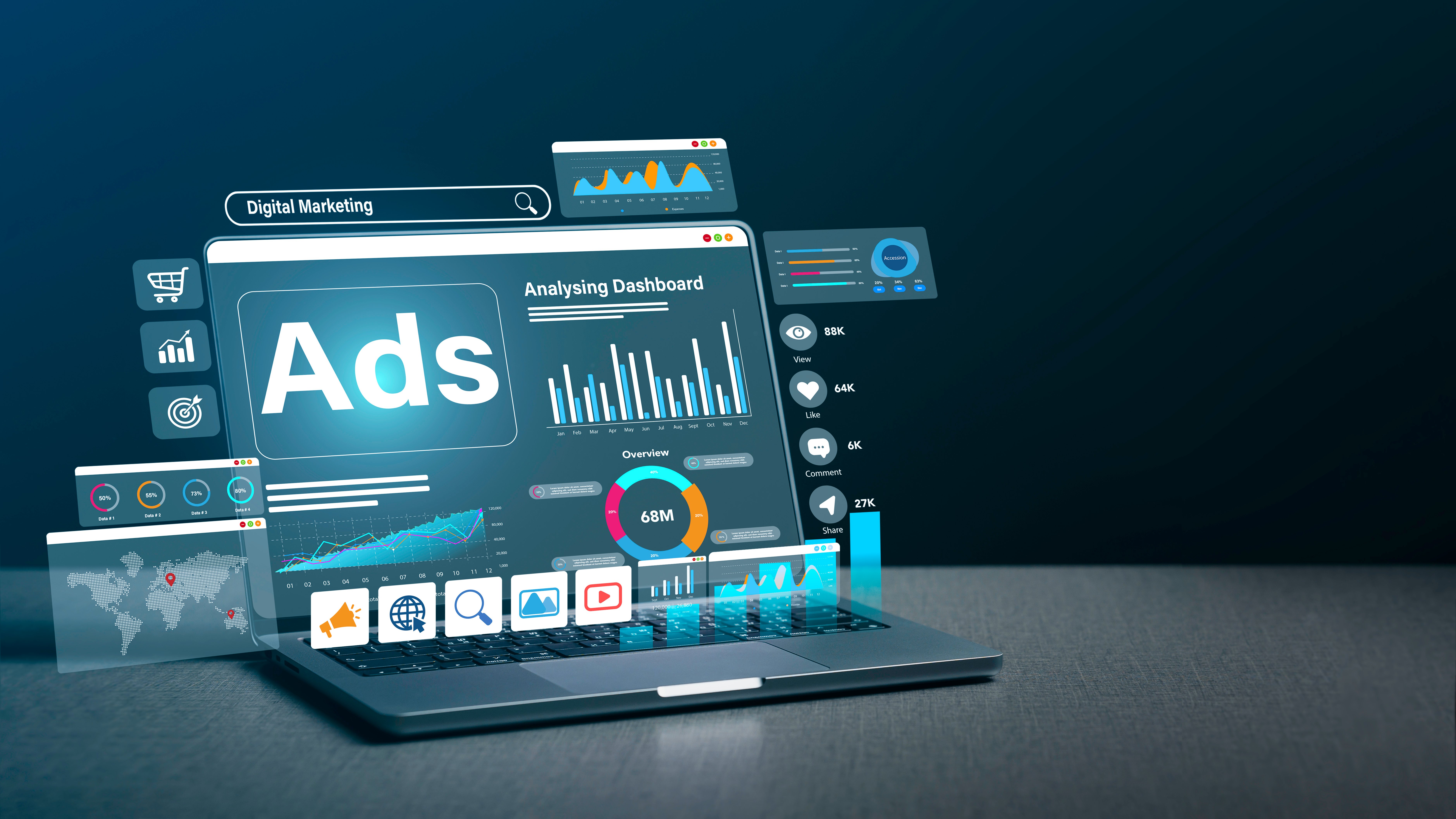Understanding where your audience spends time online can help you decide when to use audio advertising.
Advertisers with an eye on the future are looking to digital audio to open new avenues for reaching millennial audiences.
Why? The smartest marketers are paying attention to where their audiences spend time online and focusing resources on channels these consumers actively use. Millennials are enthusiastic consumers of digital audio. They listen to audio more than 18 hours per week, making them a prime audience for digital audio advertising.
Taking a closer look at this generation and its online habits helps us decide why and when to use audio advertising.
Why market to millennials
Why does generation matter when it comes to marketing effectively? These groups, while made up of individuals with their own experiences, have a shared history.
Millennials are a lucrative market
Some generations grew up without access to the internet, while later generations can’t remember a time without it. Each generation has developed habits and behaviours based on these changes.
When we analyze data on these behaviours, we can make better decisions about where to spend our marketing dollars. We can choose our target audience, then create marketing campaigns that reach these groups on channels where they spend time.
Millennials, also known as Generation Y, were born between 1981 and 1996. That means the oldest members are turning 40 this year. Millennials are no longer recent grads or just finding their way in the workforce. They are working and raising families, and were projected to spend $1.4 trillion last year. They are also the largest living adult generation.
Millennials are tech-savvy
Marketing to millennials should take into consideration experiences and habits they may have developed based on how they grew up.
They’re comfortable with social media and technology, digitally fluent, and used to consuming content online. They have become accustomed to social media, online shopping, and using smartphones for communication, entertainment and accessing information.
Millennials rely on devices
While millennials may be spending significant time online, often over 200 minutes per day, a fresh approach is needed to ensure advertising captures their attention. The best way to reach millennial audiences is to create content they like and deliver it via formats they readily incorporate into their lives.
What is digital audio?
Digital audio is content delivered online, either through a laptop, smartphone, tablet or another device, such as a Google Home or Amazon Echo speaker.
Different types of digital audio include:
- Podcasts
- Music streaming apps, such as Spotify, Amazon and Pandora
- Live talk shows
- Online AM/FM radio
Digital audio content is often consumed differently than other online content. Unlike reading or viewing videos, listening to digital audio is passive. It increases the opportunities for people to find time for it in their routine while they’re doing other things, such as driving, working, cooking dinner or walking.
Audiences that are listening while occupied with other activities also become captive audiences, listening until the end of their commute or until they finish their walk. With nearly 24/7 access to devices, opportunities abound for advertisers to capitalize on these new channels.
As audio consumption grows, so will audio advertising. It will be important for brands and advertisers to consider using it to stay competitive in their markets. New channels can give your advertising an exciting boost because it allows you to get creative and engage people in new ways.
Trends in digital audio
Audio content is not a new phenomenon if we think about how long radio has been popular. Digital audio has opened new ways to present ads to consumers who enjoy listening to content.
Advanced ad targeting
Programmatic audio advertising is the use of technology to automate how ads are sold and inserted in different kinds of digital audio content. Advertisers will likely be testing customized and personalized campaigns, as well as contextual advertising.
Strategic audience targeting
Targeting is an important way to make sure your ads are delivered in a cost-effective way, so advertisers will want deep insights into audiences, locations and other data points.
Innovative search capabilities
Voice search is already popular, so it was only a matter of time before voice shopping became a concept for advertisers to pursue. Watch for developments in purchasing and shopping via voice-activated ads, allowing people to make purchases through their smart home speakers.
When to use audio advertising
Engage audiences online
Audio advertising is a great fit to reach audiences who are spending significant time online and embracing audio content. Consider your ideal customer and where they spend most of their time. If they’re in a demographic that is consuming hours of audio a day, this could be a good opportunity for you.
Deliver relevant ads
Delivering relevant ads while people are already consuming audio content is a great way to reach people when they can’t look at an ad. They’ll be able to hear your ads during their favourite podcast, music stream or online radio show as they drive, cook, walk or work out.
Connect audiences with local businesses
Audio advertising can be great for locally targeted ads for small to mid-sized businesses. It is a cost-effective and engaging way to connect with your audience. Remember that digital audio campaigns should be part of a larger digital strategy that includes social media, search advertising and television.
Build brand awareness
Not every consumer will buy based on hearing an ad, but they may search for an item they heard about while listening to digital audio. Connecting these points of awareness helps keep your brand top of mind when your customer gets closer to buying.
As with any new advertising channel, use careful targeting and test a campaign or two. Adapt as you test and repeat what works.
Why is digital audio advertising a good fit for millennial audiences?
Millennials have shown themselves to be strong adopters of audio content and may be more open to advertising via this channel than other means.
Consider what drives millennials to consume content when building out your digital audio advertising campaigns. They are engaged online so if you can figure out what motivates them you have a better chance of catching and holding their attention.
Consider their needs and deliver content that’s easily consumed in the formats they enjoy. They may want news updates and to stay informed about the world around them but, they’ll want that content in a format that is easy to incorporate into their lifestyle.
One of the best ways to stay poised for growth is to keep an eye on the behaviour of your target audience and be ready to shift when it does. Flexibility is key.
If we’ve learned anything from other changes in digital marketing, it’s that new channels offer big opportunities and things will continue to evolve. Invest in new ideas and channels as they show promise, but be ready to evolve as the landscape changes.
What matters most is a commitment to careful targeting of audiences and showing up to engage them wherever they choose to spend time online. With this mindset, publishers and brands can thrive in the current digital landscape while staying flexible enough to shift when the next change occurs.





